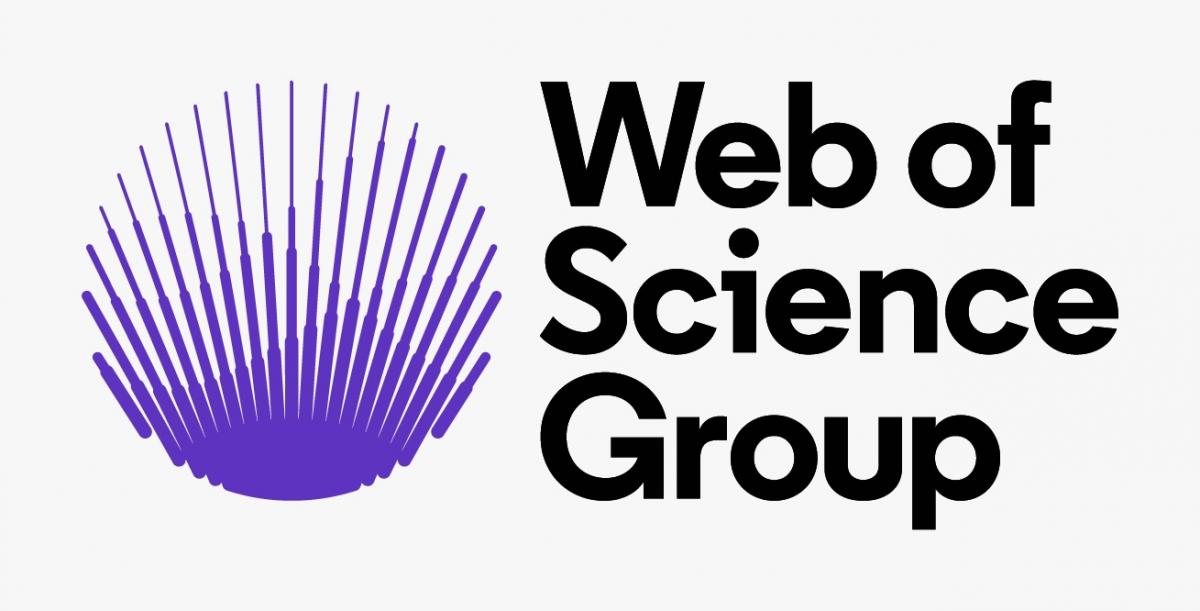Web of Science (WoS) of Clarivate Analytics in the 2021 Report for Koya University shows two Highly Cited papers in the Field and one Hot Paper in the Field. The two highly cited papers got 32 and 54 citations, whereas the hot paper got 54 citation. The published papers are in the field of Engineering Multidiciplinary and Nuclear Science Technology.
According to WoS definition, Highly cited paper in the filed means; Highly Cited Papers are papers that perform in the top 1% based on the number of citations received when compared to other papers published in the same field in the same year. Click on the Highly Cited Paper icon for more details about an item. Hot paper in the field means; A paper is selected as a Hot Paper if it meets a citation-frequency threshold determined for its field and bimonthly group. Citation-frequency distributions are compiled for each field and cohort. Thresholds are set by finding the closest citation count that would select the top fraction of papers in each field and period.
Both published papers [1] [2] are open access. Open access costs a high article proccessing fee but it is available free for the public and brings high number of citations.

Highly Cited Papers in the Field:
1. Proposing a gamma radiation based intelligent system for simultaneous analyzing and detecting type and amount of petroleum by-products
By: Roshani, Mohammadmehdi; Phan, Giang; Faraj, Rezhna Hassan; et al.
NUCLEAR ENGINEERING AND TECHNOLOGY Volume: 53 Issue: 4 Pages: 1277-1283 Published: APR 2021
Abstract
Times Cited: 32
(from Web of Science Core Collection)
2. Evaluation of flow pattern recognition and void fraction measurement in two phase flow independent of oil pipeline's scale layer thickness
By: Roshani, Mohammadmehdi; Phan, Giang T. T.; Ali, Peshawa Jammal Muhammad; et al.
ALEXANDRIA ENGINEERING JOURNAL Volume: 60 Issue: 1 Pages: 1955-1966 Published: FEB 2021
Times Cited: 54
(from Web of Science Core Collection)
Hot Paper in the Field:
2. Evaluation of flow pattern recognition and void fraction measurement in two phase flow independent of oil pipeline's scale layer thickness
By: Roshani, Mohammadmehdi; Phan, Giang T. T.; Ali, Peshawa Jammal Muhammad; et al.
ALEXANDRIA ENGINEERING JOURNAL Volume: 60 Issue: 1 Pages: 1955-1966 Published: FEB 2021
Times Cited: 54
(from Web of Science Core Collection)
----------
Koya University (KOU) is located in the city of Koya (Koy Sanjaq) which is 1.0 hr drive to the East of the Kurdistan Region capital Erbil (Arbil, Hewlér) in Kurdistan Region of F.R. Iraq. It is on the foothills of beautiful high mountain. Its campus has been carefully laid out to embrace the beautiful mountainous nature. There are 4 Faculties and 2 Schools in KOU; Faculty of Engineering (FENG), Faculty of Science and Health (FSCH), Faculty of Education (FEDU), Faculty of Humanities and Social Silences (FHSS), Shcool of Physical Education (SPHE) and School of Medicine (SMED). Also, there are two research centers; Genome Center and Malai Gawra Center. Moreover, at KOU there is an English Language Center (BELC) at KOU has been opened with the sponsorship of IREX and American embassy in Baghdad as well as with the support of Spring International Language Center of The University of Arkansas. KOU has two Scientific Journals; ARO-The Scientific Journal of Koya University, which is indexed by Clarivate Analytics (ESCI), and Koya University Journal of Humanities and Social Sciences (KUJHSS). KOU is a proactive member of Erasmus/ Marhaba Project and Erasmus+. KOU signed many Memorandum of Understandings (MoU) with many International Universities, e.g., The University of Arkansas (June 2015). The Lulea University in Sweden (April 2014), The University of Nottingham in the UK, The University of Buckingham in the UK (Oct 2008), Belkin University in Turkey (Sep 2009) and The University of Greenwich in the UK.

